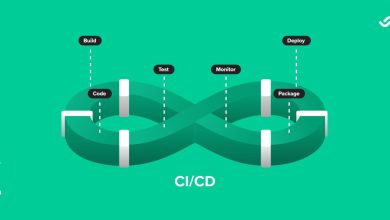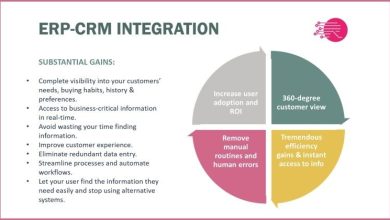The Art and Science of Finding Insights in Data

Today there is no longer any need to try and prove the value of big data for business. No one would seriously doubt that data leads to knowledge that is crucial for business success. However, having data is one thing and pulling insights from data is another. Simply storing large volumes of data does not make a company better informed or the decision-makers any smarter. The knowledge comes with working on the data and analyzing it. Thus, one has to understand that finding insights in data takes skills, resources, and good practical sense that makes this procedure both hard science and a form of art.
Choose the right kind of data
The road to knowledge that is practically applicable and useful for business starts with data. However, not all data is worth the same. Thus, the initial step of good data analysis is finding the data that you actually need and can use.
When choosing the data to analyze there are quite a few things to consider. Here are some things to keep in mind when hunting for the data sets that could be turned into insights.
1) Where does it come from? Do you trust the source, does it have a good reputation? The data that looks good at a first glance might turn out disappointing if not a scam when received from a shady provider. Thus, it is always a good idea to get your data from sources that are well-known and accepted in the industry.
2) How good is the data quality? Always check samples of data to see if it seems to be accurate. The sets that are missing crucial data points or have errors might seriously slow down the analysis or render it worthless. Data quality also includes such metrics as the freshness of data. Good but outdated information is probably no longer useful. Meanwhile, high-quality data can always produce at least some insights when properly looked at.
3) Is it relevant? This is also part of the data quality metrics but deserves a separate mention. Finding insights in data is only possible when the data reflects the kind of knowledge you are after. Even if the data is generally of high quality, that does not mean it is valuable for you. Set clear goals for analysis and check if the information is really about the subjects you need to
research.
4) How can you access it? It is important to consider in what format the data arrives. Can you get it on demand and work on it by connecting to the cloud? Is it available in CSV, JSON, or another format and is that format convenient for you? The way the data is structured, and the convenience of the access might make or break the efficiency of the analysis. And only effectively finding insights in data will ensure that you are not too late to use that knowledge.
Once we are sure that we can source the data that is useful for our objectives and of sufficient quality, we can move on to the most exciting part. That is the part where we actually uncover fascinating and crucial insights to boost our business.
Finding insights in data: what to expect?
Depending on who we are and what we want to know, there are many different kinds of insights we can pull from data. Here are some ideas for things to look for when we have high-quality data ready for analysis.
● Changing market trends. We can learn a lot about shifting customer behavior and expectations from data. Check how customers tend to act online, what they do most on commercial sites, and how they behave on social media. Such information will reveal a lot about how to communicate with consumers and offer them something they really need and want right now.
● Companies on the rise. Investors can find the most promising start-ups before they blow up. The data will show small but noticeable signs of potential in growing businesses that hedge funds can invest in and then share in their profits.
● Competition to watch out for. Competitive intelligence is crucial to keep up with the markets and protect your fair share of the business. Finding insights in data about how the competitors are marketing, cutting costs, or generating leads will ensure the firm’s constant improvement.
These are just a few examples of what the art and science of data analysis can uncover. The way to do it is by utilizing all the available software and hardware tools. These tools can make your life much easier when finding insights in data by making the procedures faster and more accurate.
Of course, one must always prudently expect that there might be some hiccups in the process. Thus, it
is advisable to plan ahead and leave some extra time in the schedule to remove all these errors.
Another thing to understand upfront is that no answer is ever final. The insights that you find might work now, but they will get outdated at some point. Thus, keep getting new data and working on it to reveal new truths about the constantly changing market conditions.
Finally, there is always more data out there to supplement your data sets. Of course, at some point finding insights in data has to produce some conclusions. But once in a while, these conclusions should be backed up by new information coming from fresh, high-quality data sets.








